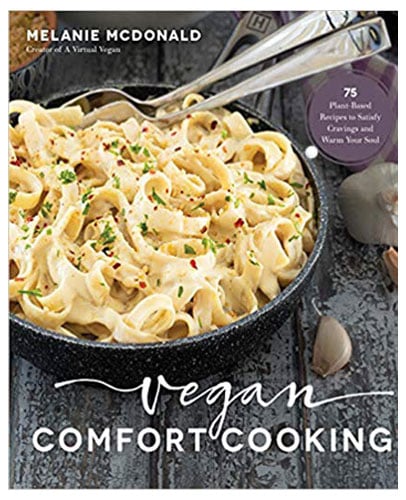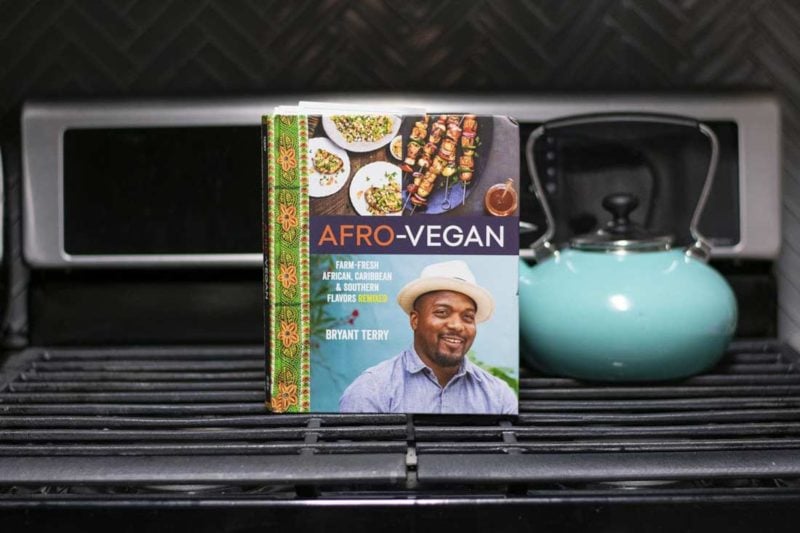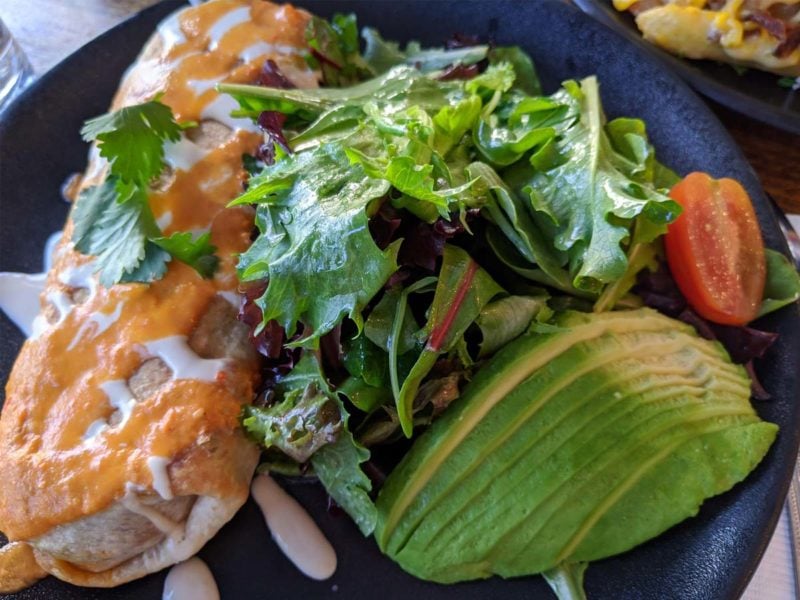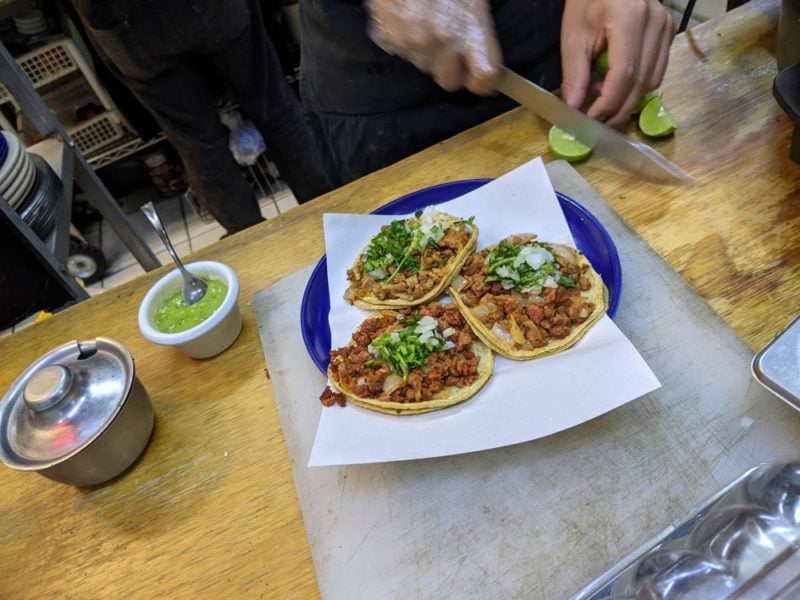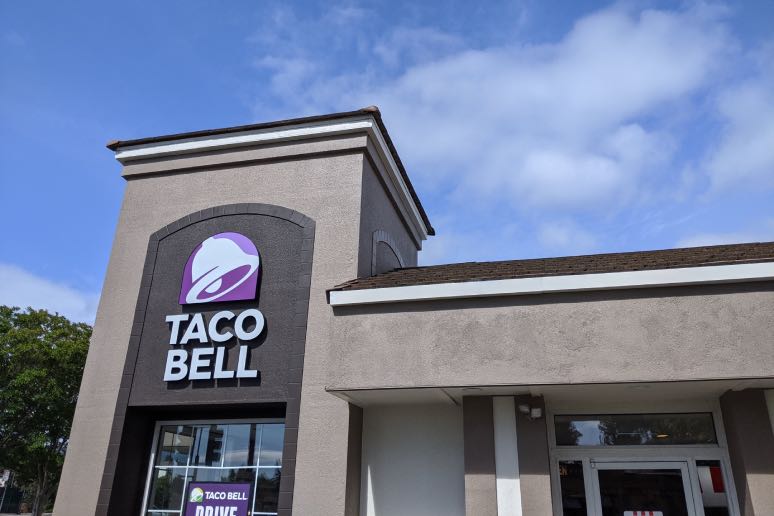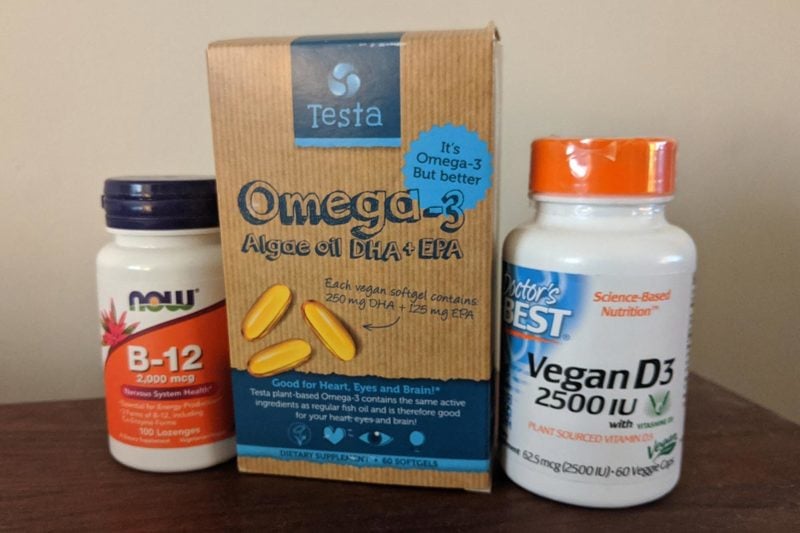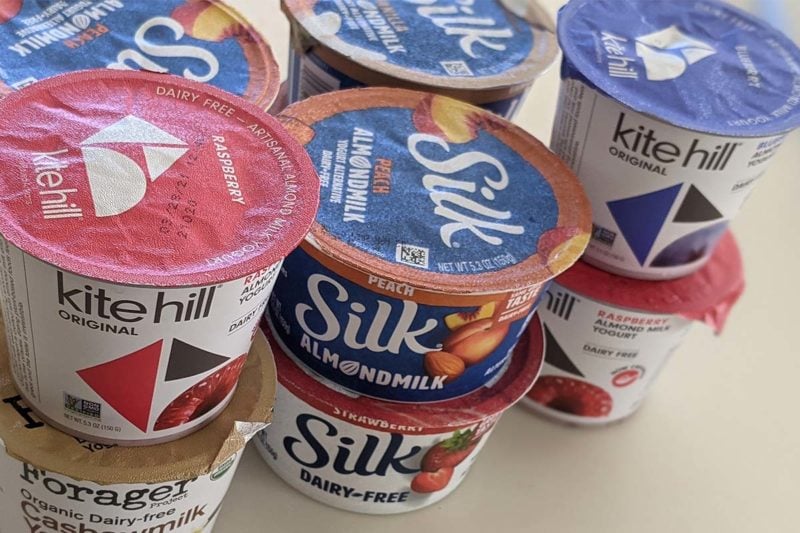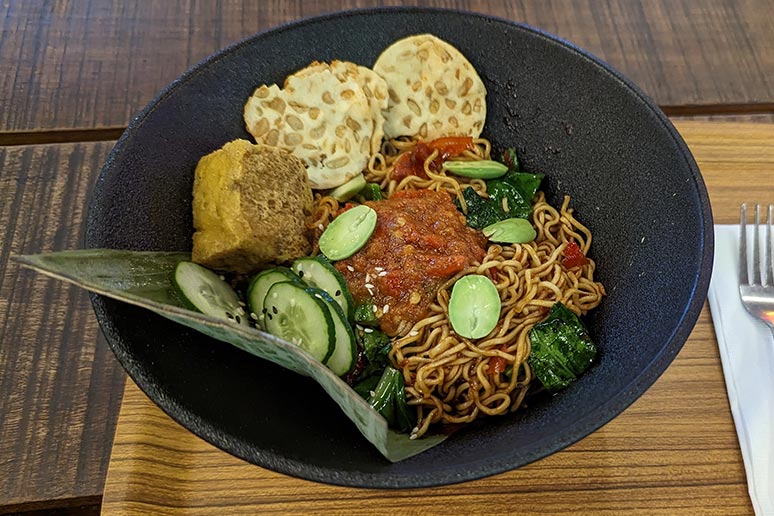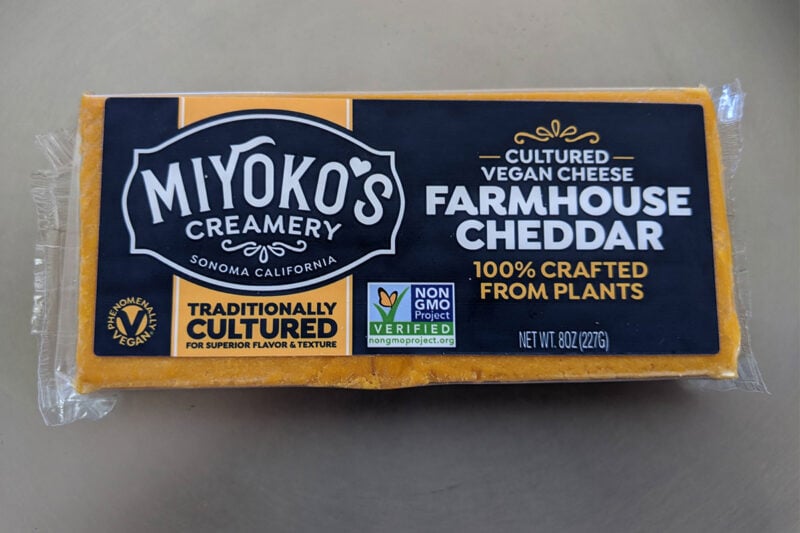Avoiding eggs makes great sense. Altogether, egg production involves some of the most objectionable practices in all of animal agribusiness. Egg farms operate in ways that threaten the pubic health and our environment, while subjecting their hens to appalling suffering. Fortunately, eggs are among the easiest foods to quit. They’re effortlessly replaceable by several excellent alternatives, and every vegan cookbook is by definition egg-free.
Battery Cages and Intensive Crowding
The worldwide egg industry confines more than 60 percent its 7 billion layer hens to battery cages. There, they endure scarcely believable hardships. Crowded at least five or six to a cage, each bird’s share of floor-space amounts to less than a sheet of printer paper. That’s far too little room to permit the hens to move about freely or even to spread their wings. Cage wire commonly wears away the feathers of older hens, exposing large bruised patches of skin.
The cage bottoms are made up of widely-spaced metal rods, which damages the hens’ feet and legs. Imagine spending every moment of your life either standing on metal or sleeping pressed against it. An inability to move normally renders many hens unable to walk correctly, as does a viral condition called Marek Disease that one reference calls, “…ubiquitous among poultry populations throughout the world.” Another paper blames factory farms for creating conditions that: “…drove the Marek’s disease virus (MDV) to evolve from a mild paralytic syndrome to a highly contagious, globally prevalent, deadly disease.”
Premature Deaths
Since they lay only egg every 30 hours, every day of a hen’s confinement yields pathetically little food. Each egg laid also carries risk. During laying, the egg may adhere to the hen’s internal organs. This can pull the oviduct and rectal organs out of the body, resulting in what’s known as a severe prolapse. Affected birds receive no veterinary care. Their cage-mates, being “attracted to the red flesh,” will commonly peck at the exposed organs. The afflicted hen inevitably dies a lingering death from bleeding and infection.
Prolapses have killed millions of hens—they are the 15th most common cause of premature mortality in layer hens. Other more common causes of death are equally unsettling. These include: gout, wounds suffered by cage-mate’s spurs, twisted intestines, cannibalism, blood poisoning, and what the industry terms “persecution” (attacks from cage-mates).
Beyond these afflictions, hens are commonly incinerated alive during barn fires. Layer barns are dusty dry wooden buildings that are quickly engulfed in flames. They burn down with distressing regularity, and each fire invariably kills tens of thousands of hens:
- In January of 2023, a fire at a Connecticut egg farm killed 100,000 hens.
- 165,000 hens perished during a fire at an Arizona egg farm in 2021.
- A huge egg farm in South New Jersey burned to the ground in 2020, causing the deaths of nearly 300,000 hens.
Massive fires like these have occurred worldwide for decades. Fire sprinklers would of course eliminate this threat, but they’re beyond the egg industry’s budget and therefore unheard of at egg farms.
Beak Searing and Broken Bones
The stress of confinement commonly incites hens to peck at one another. Repeated pecking can draw blood and lead to life-threatening infections. Although providing ample living space will remove stress and thereby eliminate pecking, battery cage operations consider this approach prohibitively expensive. They instead sear the ends off each chick’s beak, blunting it so it’s unlikely to draw blood. This beak searing—which is performed on all chicks destined to become layer hens—can partly amputate the bird’s mouth and it doubtless causes excruciating pain. Chicks may die if rendered unable to eat or drink due to too much beak being removed.
Undercover Cruelty Investigations at Egg Farms
There’s no end to the troubling things that occur at egg farms. Luckily, the truth is out there for anyone who cares to look.
Undercover investigators gone into egg farms all around the world, emerging with videos exposing all sorts of egregious animal welfare violations. They’ve posted videos taken at hatcheries, battery cage operations, cage-free farms, and at organic or purportedly free-range egg farms. They’ve also filmed abuses inflicted onto hens during forced molting and at slaughter.
Collectively, these videos tell the same story: the egg industry is wholly unwilling to provide even the most minimally acceptable levels of animal care. Commercially-raised hens endure shocking degrees confinement and a lifetime of appalling conditions.
Welfare Shortcomings of Cage-Free and Free-Range Eggs
Since battery cages are grotesquely inhumane, they’ve been outlawed by the European Union as well as several U.S. states. And the EU plans an outright ban on caging any sort of farm animal by 2027.
Unfortunately, some countries that forbid battery cages still allow “colony cages.” Distressingly, colony cages seem nearly as cruel as the battery cages they replace.

At a bare minimum, if society is serious about ridding the egg industry of its most unconscionable cruelties, cages of any sort must be outlawed.
What are Cage-Free Eggs?
In contrast to colony cages, cage-free systems can offer a meaningful step up from battery eggs. Since cage-free hens don’t spend their lives standing on thin metal rods, or sleeping pressed against wire, they are less susceptible to foot and leg injuries, and a major source of bruising is likewise eliminated.
You might assume that cage-free eggs come from hens who are kept outdoors and given plenty of space. But the reality is that these hens are still typically raised in crowded indoor facilities. Sure, the cages are gone, but crowding typically remains shockingly high. Humane Society International recommendations are to stock no more than six to eight birds per square meter, the European Union allows nine hens in that space, whereas Australia heartlessly permits fifteen hens. All these figures indicate levels of crowding that no reasonable observer could consider humane.

So it’s not as if battery cages are bad and cage-free is good. To achieve decent animal welfare requires an altogether different production system. Truly good hen welfare is probably only possible when the birds spend substantial time outdoors, engaging in their instinctive behaviors.
Free-Range Eggs
Egg buyers seeking decent animal welfare often opt for “free-range” eggs. This term suggests the hens spend the bulk of their time outdoors. The unfortunate reality, however, is that “free-range” egg operations are quite often factory farms with only the slightest improvements.
Many so-called free-range hens spend virtually no time outdoors. They are instead housed in barns ringed by a narrow apron of grass. During the day, doors open to grant access to this grassy area, but most of the chickens may be too fearful to venture outside to this unfamiliar area.
Crowding at free-range egg farms is often surprisingly tight, especially when you consider the premium price these eggs command. The RSPCA allows free-range farms to keep up to nine chickens per square meter, and up to 16,000 hens per farm.
In summary, while the term “free-range” isn’t altogether meaningless, egg producers commonly use the term to deceive. Claiming that hens are free-range because they’re allowed outdoors is utterly dishonest, unless the birds actually spend a significant portion of their lives outside.
Pasture-Raised Eggs
In current use, free-range is too often a bogus marketing term that tricks consumers into paying top dollar, while delivering only minimal welfare improvements. So how can you make sure the hens that lay your eggs are treated well? The answer is to reject free-range in favor of eggs sourced from “pasture-raised” hens.
Here, the promise is that in good weather during daytime, the hens live outdoors. The best of these farms rotate their hens every few days to a new patch of grass. This allows the chickens the opportunity to eat their natural diet of grubs and insects rather than to subsist on feed corn.
I once visited a pasture-raised egg farm where—no two ways about it—the birds enjoyed excellent welfare. I frankly couldn’t find fault with how much space the birds were granted, nor could I object to their living conditions. But this was largely a hobby farm that kept barely a hundred birds. Eggs from this farm cost more than triple the price of supermarket eggs, and the owner made hardly any profit. And even here, which is surely a best-case scenario, the hens were slaughtered at less than half their natural lifespan, since by then their yields had dropped to unprofitable levels.
Claims about layer hen welfare always merit skepticism. Choosing your egg farmer requires diligence that’s best followed-up with a visit to the farm to confirm that animal care promises are kept. All of this entails a lot of hassle and money.
But there’s a cheaper and much more reliable way to eliminate cruelty. Simply bypass eggs altogether and you’re exempt from feeling obligated to give hard-to-verify animal welfare promises your attention.
Welfare Problems that Better Housing Can’t Remedy
It’s certainly possible to source your eggs from farms offering excellent welfare, but these places are expensive and hard-to-find. What’s more, there remain several troubling issues with egg production that even excellent welfare cannot address.
Even the minuscule percentage of hens raised under genuinely good conditions commonly suffer broken bones and skeletal abnormalities. These maladies arise because the constant production of egg shells robs the hens’ bones of calcium. Predictably, modern hens bred for high egg yields have been shown to have “very weak bones” compared to traditional, less-productive hens. The study referenced in my previous link found that the breed of high-yield chicken doesn’t matter; all such hens have brittler skeletons than traditional hens.
With each month of laying, the hens’ calcium deficit widens. Older hens commonly have remarkably fragile skeletons. Numerous studies carried out on carcasses following slaughter revealed broken bones in 20 to 96 percent of layer hens.
In addition to their skeletal issues, even the best-treated layer hens are not permitted to live out anything close to their natural life-span. As with battery cage operations, cage-free farms slaughter their flocks at about 12 to 15 months of age, which is only about a third of their natural lifespan.
Finally, cage-free and free-range farms patronize the very same hatcheries that supply battery egg farms. For each layer hen purchased and put into production, the hatchery gasses, smothers, or shreds alive a newly-hatched male chick. In the United States alone, hatcheries kill 300 million unwanted day-old male chicks every year.
Eggs and Health
Doctors once routinely issued stern warnings about the high cholesterol content of eggs. But in recent decades, nutritionists have reached consensus that dietary cholesterol is not significantly detrimental to health. However, eggs do pose several risks to human well-being.
People who tout eggs as a health food are in for a rude awakening should they visit a typical egg farm. Whether battery cage or cage-free, layer houses are typically grossly unsanitary. Cram tens of thousands of hens into one building and you get staggering amounts of excrement. This in turn leads to insect and rodent infestations.
These infestations can increase the flock’s risk of salmonella infection. Salmonella bacteria from infected birds can get inside their eggs. Fortunately, because few people eat them raw, eggs cause relatively few cases of food poisoning.
Although a visit to a layer house can reveal some sickening sights, eating eggs poses minimal health risks. However, the egg industry takes reckless risks where the public health is concerned.
Avian Flu
When winter strains of avian flu circulate worldwide, they inevitably gain a foothold at egg farms. With tens of thousands of hens confined to each shed, when one bird catches flu they all do. Upon detecting an infected hen, an egg farm’s standard response is to promptly depopulate the house. They use the cheapest and most inhumane methods imaginable to carry out this killing.
Clearing out a barn by having workers kill the birds one-by-one would involve labor costs the industry considers unacceptable. Consequently, “ventilation shutdown” is probably the most common killing method, since it eliminates nearly all labor requirements. Workers shut off the fans pumping in fresh air from outdoors, and wheel in space heaters. Over a period of hours, the birds smother from high temperatures, dehydration, and lack of oxygen. Incredibly, egg producers commonly call this method of killing “humane.”
The American Veterinary Medical Association, who you might assume would vehemently oppose such cruelty, has instead thrown its weight behind legitimizing this practice.
Egg Shortages After Record Hen Culls
Every year, avian flu kills tens of millions of meat chickens and layer hens. These deaths surged to new heights in the post-COVID era. The USDA reports that 58.65 million chickens were infected (nearly all culled), over a fourteen-month period starting January 2022. European fatalities are comparable to the USA, while Asian numbers are likewise undoubtedly high although reliable statistics aren’t published.

During 2022 and 2023, avian flu wiped out massive layer flocks in every part of the world. The resultant crash in production caused egg prices to more than double in the USA and increase nearly 70 percent across the European Union.
High egg prices are the least of society’s concerns. When it comes to cultivating deadly new strains of flu, modern poultry houses act like gigantic Petri dishes. The great danger of each new avian flu outbreak is that it’ll jump the species barrier and set off a deadly new pandemic in humans. Not to worry, however, since Big Pharma has prepared a vaccine it has all set to release, should that eventuality occur. If the COVID-19 pandemic, lock-downs, and mass-vaccinations didn’t impart sufficient worldwide misery and economic harm, the egg industry is doing its part to trigger another go-round at any moment.
Egg Production and the Environment
Large egg farms can devastate local communities’ quality of life. Today’s egg farms are massive, often housing upwards of a million hens. Operations of this size inevitably pose a menace to neighbors, who must deal with noxious odors, flies, excessive dust, and fouled drinking water.
Homeowners have no easy way to remedy their situation. They commonly lack the financial resources to pursue protracted litigation against well-funded egg farms. Litigation can take years to work its way through the courts, racking up ruinous legal fees over time. As one victim put it, “They’re just going to bully you and bully you and bully you until you give up.” Egg farm neighbors who cannot prevail in the courts may see their home values so impaired that selling out and moving elsewhere isn’t viable.
The most egregious such example I’m aware of involves Arizona’s Hickman’s Family Farms, which claims to produce, “The best farm-fresh eggs available.” After being sued by neighbors for its “unbearable stench” and other problems, Hickman’s used drones to spy on them, and with state’s help even set up a labor camp for women prisoners. In 2021, 165,000 hens died in a fire at this farm.
Vegan Egg Alternatives
As we’ve seen, the egg industry hasn’t earned the right to have its welfare promises taken at face value. When you buy eggs, you really can’t be sure of the producer’s integrity unless you visit the farm yourself. If you wish to prevent animal suffering, the cheapest and most reliable response is to avoid eggs entirely.
Hens raised on small farms to high welfare standards don’t produce the land use and water pollution problems associated with conventional egg operations. But every flock of hens at last theoretically creates another harbor for avian flu and thereby raises the chance of setting off a human pandemic. And if you object to animal slaughter, commercial egg farms of any kind—including pasture-raised—kill all their hens before midlife.
Fortunately, eggs are incredibly easy to remove from your diet. For home cooking, a wide variety of egg alternatives now exist. Get acquainted with all the best cooking and baking options by reading my Guide to Egg-Free Eating. Any sort of vegan cooking or baking is inherently egg-free. Vegan cookbooks enable you to prepare delicious pancakes, muffins, cookies, cakes, and pies without ever resorting to eggs.
For further reading: please see my Why Go Vegan? and How to Go Vegan essays, as well as my Guide to Egg-Free Eating.





